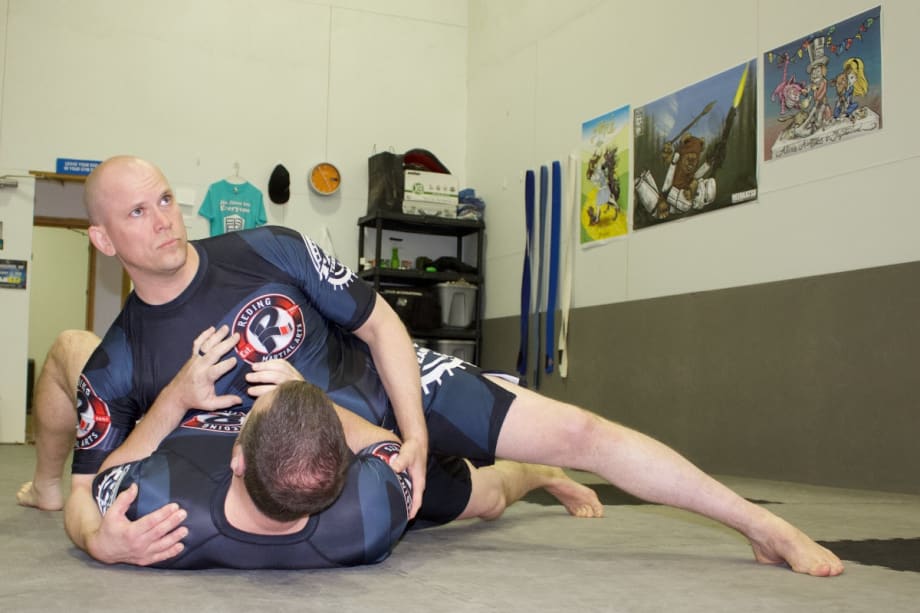When someone resisting arrest is highly motivated to flee, they can quickly turn into an aggressive assailant.
If the officer is under attack, he/she may attack back based on the “reasonable officer standard” of Graham v. Connor. The officer may be able to maintain some control while the arrestee is striking the officer. It would then be reasonable for the officer to strike the arrestee while maintaining control.
Keeping control, the officer may choose to hammer-fist the assailant’s face or knee strike the body of the arrestee. However, the officer also has the option of disengaging and employing another tool such as a TASER, pepper spray, or a baton.
As with all resisting and attacking arrestees, it is essential for the officer to voice commands at the arrestee, including “You are under arrest,” “Stop resisting,” and “Stop fighting me.”
An arrestee might escape in certain circumstances. However, if you know the subject’s identity, he or she can always be found later. The importance of keeping control of an arrestee often depends on the seriousness of the crime and the potential for other citizens to be endangered if the arrestee flees. An important rule of thumb is that it is always better to wait for backup, if possible.












